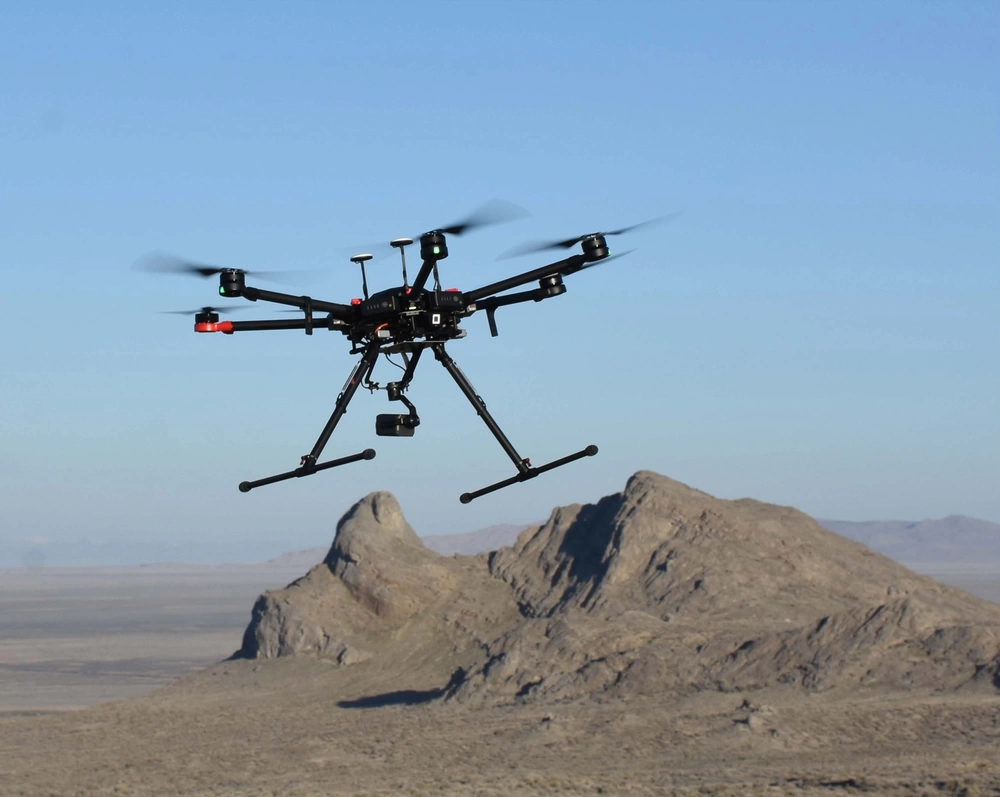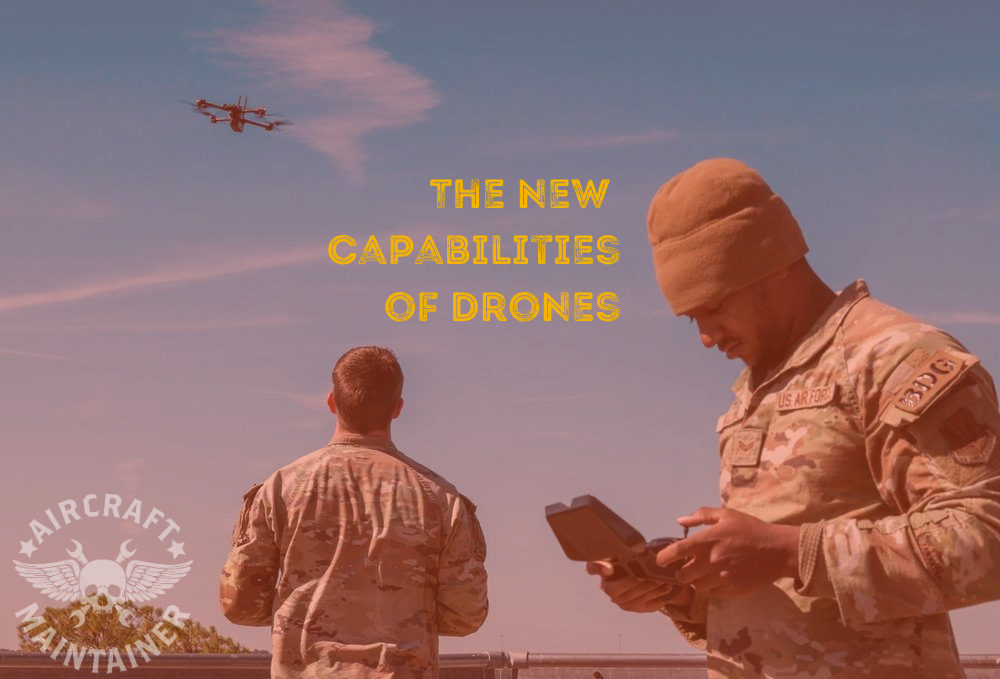Uncategorized
The New Capabilities of Drones
Drones on the Battlefront
The loss of blood is one of the most devastating injuries during a conflict, often causing service members to die due to the unavailability of reliable blood supply. As a result, there is a strong push to solve this problem. Military strategists aim to turn these casualties into something routine and easy on the battlefield by using drones. For instance, drones can be utilized to resupply blood to medical teams during a conflict, enabling them to respond rapidly while avoiding the rough terrain often associated with battlefronts.
The Possibilities in Using Drones for a Medical Advantage
Those in the armed forces and the civilian medical field have heavily researched the medical use of drones. The puzzle includes challenges like cities with intense traffic jams, rural areas requiring helicopter rescues, and the need to rapidly evacuate people from a scene. Drones would be the ideal choice to give a great advantage in medical care as they can address all of these challenges, including resupplying during a conflict.
Drones could fly injured people over traffic, avoiding it altogether, and remove people from dangerous situations like a clifftop or ravine without further endangering rescue workers. They would also require a smaller space for access, which may not be possible with a helicopter. In the case of the battlefield, drones would offer many advantages, including the speed of resupply, the ability to fly over obstacles, a smaller access space compared to a larger flying craft, and the option for remote control without endangering a pilot.

Many people still consider drones to be a hobby, making the use of drones as medical artillery sound far-fetched. However, drones are already proving to be an excellent and highly effective option. They are currently utilized in many military operations, such as reconnaissance and weaponry.
Drones can access remote areas faster and in a smaller package, bypassing the need for pilot controls and safety ejection equipment. These crafts are lighter, more agile, and if lost or destroyed, only equipment is lost, not human life.
The Benefits Sound Great, But What About the Details?
The ability for drones to have a reliable battery life while in use is a major problem. Resupplying during conflicts requires a battery that keeps going even when the craft stalls somewhere while the operator is miles away from the battlefield. Additionally, the need to maintain a certain temperature for many resupply items will be a challenge that needs to be addressed. Preserving blood and antibiotics requires temperature control, which could also drain the battery of a drone.
Solving the problem of drone extraction also involves safely moving a person from the battlefield. While a remote operator would reduce the weight and eliminate the need for protection items such as a pilot ejection system, the patient being moved may require extra assistance. They may not be able to enter the drone and secure the seatbelts or safety features around themselves. Injured persons may also need emergency protection equipment, which would add more weight to the flying craft.
Still Being Tested and Developed
Despite the strong push to use drones as an advantage, we cannot use them on the battlefront until we solve all the problems. We hope to make the impossible possible, so that we can begin to see a real advantage on the lines of battle.
Like reading this post? Check out more HERE.
Want to check out our blog on Military Grade Tech and if it’s worth it? Read about it HERE.
Want to know 14 great jobs you can have with an FCC General Radio Operator License (GROL)? Click HERE.

